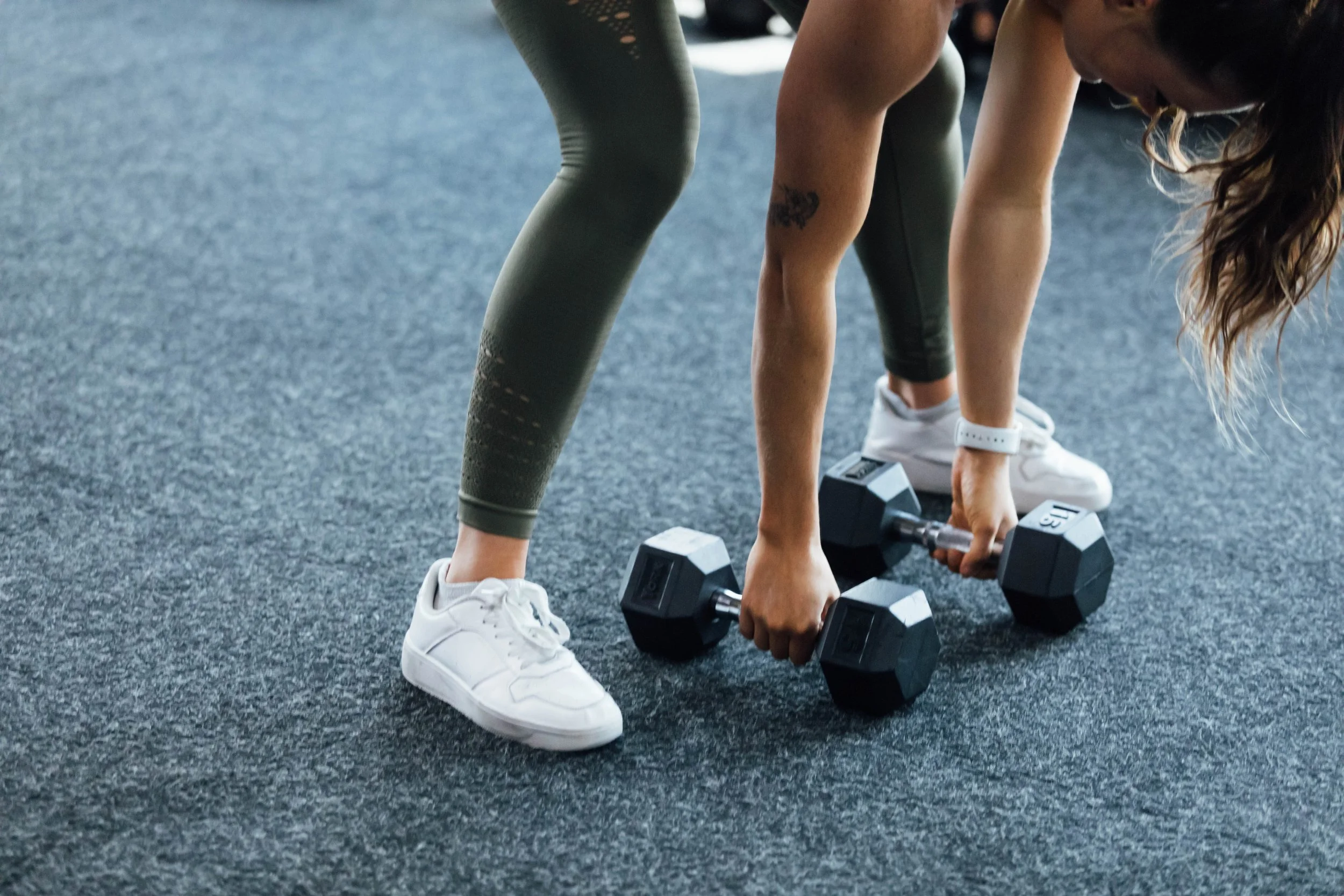My tennis coach told me recently that it looked like one of my biggest hurdles I needed to get over is not letting one bad shot ruin the next 5-10 minutes of my game. The inability to leave the mistake behind and stay present in the now, is costing me the match. Why in the world should I expect to be perfect in every moment of every game. That’s unrealistic, right? In the two-plus decades of his professional career, tennis legend, Roger Federer won nearly 80% of his matches. But when broken down by point by point, his percentage of wins drops down to 54%. One of the greatest tennis players in history won barely more than half of the points he played. It appears that being consistently good can be a roadmap for success.
Consistently good vs. perfect
Do we expect too much from ourselves? When we aren’t perfect, is it too easy to throw in the towel and give up? Do we believe that we can actually achieve great things simply by being consistently good?! No one wants to be mediocre at something, but maybe being mediocre over time is actually the best thing for us.
Achieving any goal will require facing challenges, having setbacks, and moments of self-doubt. It’s unrealistic to expect perfection every single day. Learning to be consistently good is the most effective strategy for ultimately reaching your goals.
Why consistently good is a better strategy for reaching our goals:
1. Reduces Pressure: Striving for perfection can create immense pressure and stress. By aiming to be consistently good, you allow yourself room to grow and make mistakes without feeling like a failure.
2. Builds Sustainable Habits: Perfection is often unsustainable, leading to burnout. Consistency fosters habits that are realistic and maintainable over the long term.
3. Encourages Progress Over Perfection: Small, regular improvements accumulate over time, leading to significant progress. Consistently good efforts compound into success more reliably than sporadic attempts at perfection.
4. Increases Enjoyment: When the pressure to be perfect is removed, the process becomes more enjoyable. This enjoyment can motivate you to stick with your habits and goals.
5. Promotes Learning and Adaptation: Mistakes and imperfections are valuable learning opportunities. Consistent effort allows you to adapt and improve, while perfectionism often leads to stagnation.
So how do we establish consistency:
1. Set Realistic Goals: Break your larger goal into smaller, achievable tasks. This makes it easier to maintain consistency and measure progress without the burden of perfection.
2. Be Flexible!: Develop a daily or weekly schedule that incorporates time for working on your goal. A flexible routine helps you adapt to life's unpredictabilities while staying consistent. You may need to modify the task or pivot and do something different.
3. Use Reminders and Tools: Utilize calendars, apps, or alarms to remind you of your tasks. Tools like habit trackers can help visualize your progress and keep you motivated. This is what we love about our BBH Fit Coaching App!
4. Stay Accountable: Share your goals with friends, family, or a mentor. Our BBH clients know better than anyone that their weekly training sessions with their trainers help them best stay accountable and provide much needed encouragement.
5. Start Small and Grow: Begin with small, achievable tasks to build momentum. Gradually increase the difficulty or time commitment as you become more consistent.
6. Celebrate Small Wins: Recognize and celebrate your progress, no matter how minor. This positive reinforcement encourages continued effort and consistency.
Takeaway:
Embrace imperfection. Accept that mistakes are part of the journey. Notice them. and have a plan for moving forward. Consistently good rather than perfect is a mindset that reduces pressure, builds sustainable habits, and fosters progress. By establishing consistently good habits and following through with the next steps, you can reach your goals and even surpass them. Embrace the power of consistent goodness, and watch as it propels you toward success in every endeavor.



